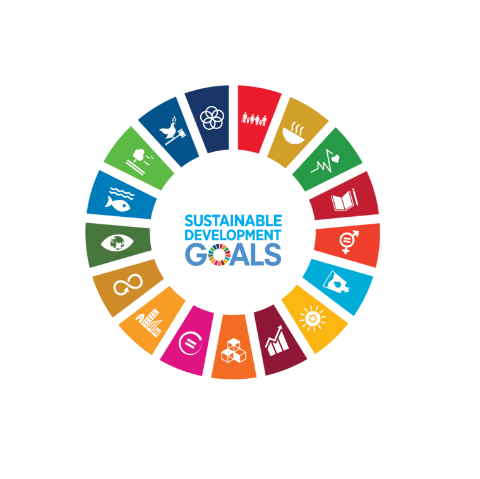Enabling a Circular Economy
Article | December 3, 2020

DuPont’s 2030 Enabling a Circular Economy Goal: Integrate circular economy principles into our business models considering lifecycle impacts in the markets we serve.
In a resource-constrained world where extraction and waste are damaging ecosystems, DuPont recognizes the need to move away from linear “take-make-waste” models and better understand how science and innovation can enable a circular economy.

We’re taking action to discover and commercialize new ways to turn unused materials into useful products or recycling them back into production for a truly circular process. Our portfolio includes several innovative technologies and processes developed specifically to reuse waste—one of the fundamentals of a circular economy. And we’re continuing to pursue new “beneficial waste” solutions in food, apparel, manufacturing, and many other sectors.
DuPont’s 2030 Enabling a Circular Economy Goal: Integrate circular economy principles into our business models considering lifecycle impacts in the markets we serve.
We are committed to developing new business models that design out waste, keep materials in use longer, and support more regenerative and restorative systems. We know this transition will take time and require unprecedented collaboration across our value chains to create impact at scale, yet we are already seeing a significant shift in corporate commitments and consumer demand for circular products and services.
The DuPont Second Life Materials (2LM) business was created three years ago by our Safety & Construction business to explore how we can create value by becoming a circular economy solutions provider throughout the value chains DuPont serves. 2LM also operates as an intrapreneurial startup within DuPont, working closely with both internal and external customers to identify opportunities that simultaneously reduce waste to landfill and realize financial benefits.

Partnering for shared success and increased circularity
Upcycling site waste to create animal food
As a part of their 2018-2019 recycling improvement project, the DuPont Nutrition & Biosciences site in Memphis, Tennessee partnered with International Ingredient Corporation (IIC) to reduce food byproduct waste. IIC upcycles excess raw and processed food ingredients that are not suitable for human consumption, and safely puts them back into the food chain by creating nutritious ingredients for animal feed.
This effort also maximizes the value of our raw materials and products, enables circularity in agriculture, and helps DuPont recover some costs for products that would have otherwise gone to waste.
In 2019, our partnership with IIC diverted over 525 metric tons (1,159,315 pounds) of consumables from landfill, avoided 310 metric tons of carbon dioxide, and supplemented the diets of 12,960 pigs.
Strategic partnerships for circular operations
The production process of ICL, a raw material used in DuPont’s heat and flame-resistant technology, Nomex®, yields a low concentration hydrochloric acid, a byproduct that up to now wasn’t considered marketable. Our ICL manufacturing site partnered with Gonvarri Steel Services to create a beneficial use for this byproduct—as an input for the production of steel—innovations that will significantly reduce annual water use, electricity consumption, and the need for ground transportation associated with Nomex production.
In 2019, we sent Gonvarri Steel Services and a few other clients 13,731 tons of hydrochloric acid, allowing us to avoid the production of about 5,570 tons of 50% sodium hydroxide solution, a waste product that requires its own specialized transportation. We also saved about 4,982 cubic meters of water, 19,314 megawatts of energy, and 3,900 tons of steam. These partnerships also saved about 174,000 liters of diesel fuel by avoiding the need to transport the hydrochloric acid and sodium hydroxide solution for disposal.
Over the lifetime of the partnership, we will be able to annually reduce water consumption equivalent to that used by 350 people and electricity consumption equivalent to the energy consumed by 1,500 homes, in addition to eliminating 500,000 km per year in road transport.
By 2030, we expect a dramatic increase in scaled value chain partnerships, and we believe DuPont innovations will contribute significantly to enabling the transition to a lower-carbon, circular economy
Want to learn more about the circular economy?
The Ellen MacArthur Foundation launched a three-part video series that explores what the circular economy really means for businesses, people and society, and innovative examples of it in action today: What is the Circular Economy video series.
To view strategies and examples for integrating circular practices in your role or function at DuPont, visit WBCSD’s Circular Economy Practitioner Guide.
We are continuing to work on programs and metrics to advance our progress on enabling a circular economy, so keep an eye out for more information from DuPont. Read our circular economy success stories in the Sustainability Report Story Hub.